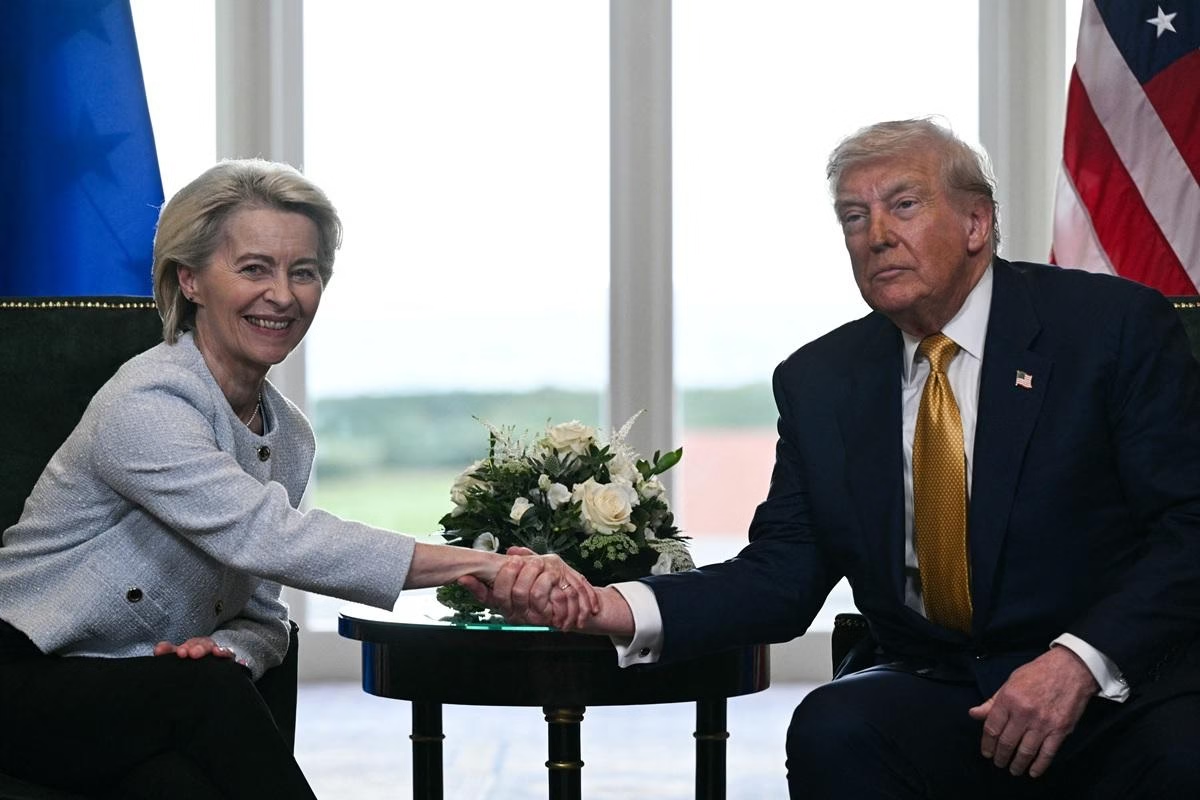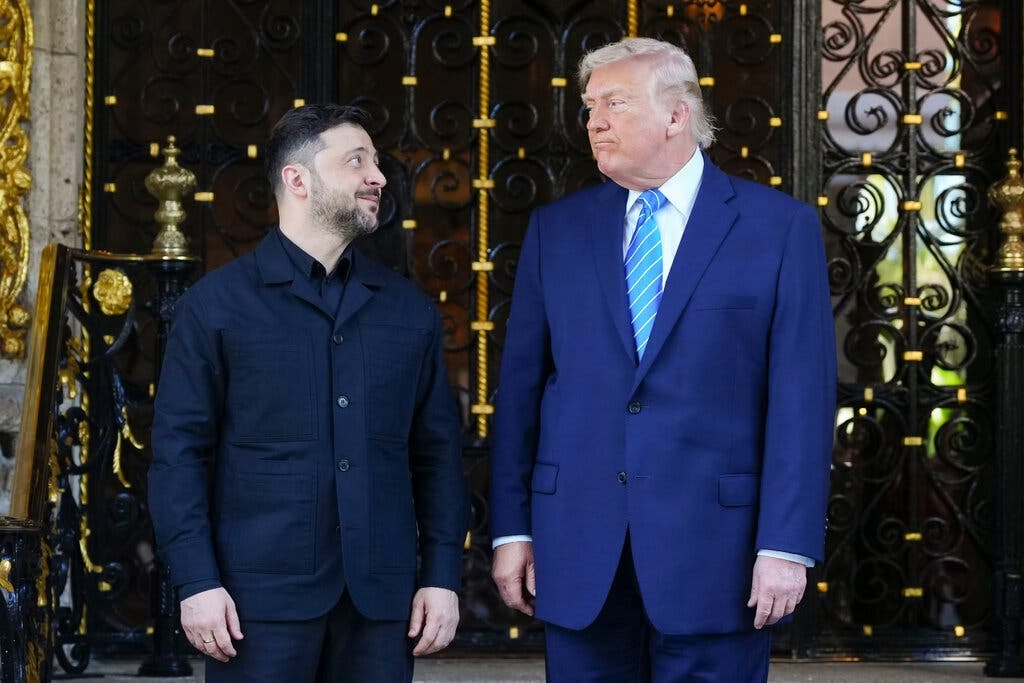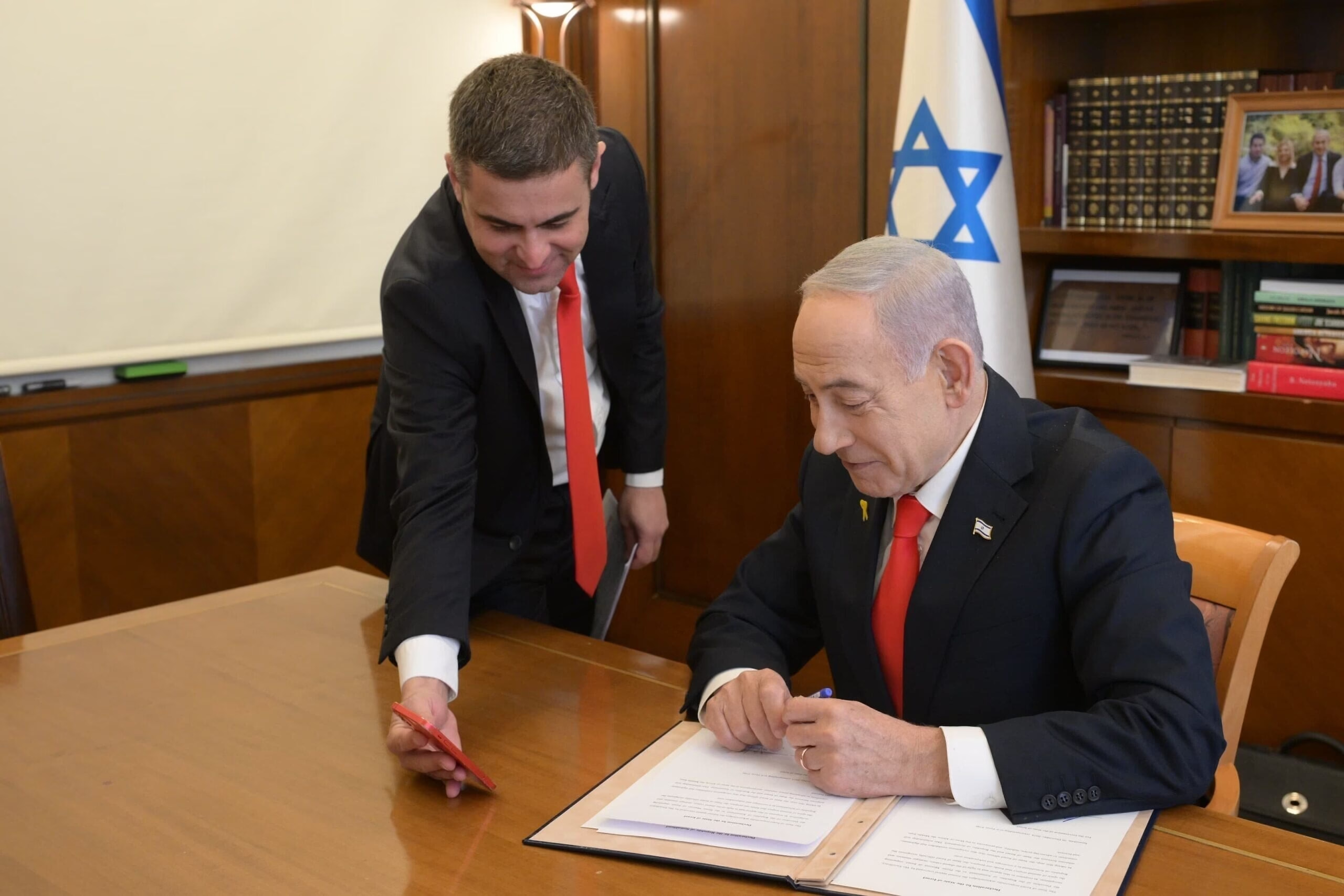US President Donald Trump and EU Commission President Ursula von der Leyen announced a new trade deal on Sunday. This deal prevents a major transatlantic trade war just before a looming deadline.
They reached the agreement during talks at Trump’s Turnberry resort in Scotland, just days before the US intended to impose a 30 percent tariff on EU goods starting August 1. Instead, both sides agreed to a flat 15 percent tariff on EU exports to the US, including cars. This rate is still higher than usual but lower than the threatened amount.
Trump stated that the deal reflects what the US has with Japan and called it fair. “We’ve reached a deal. It’s a good deal for everybody,” he said. Von der Leyen agreed, noting it would create more predictability for businesses on both sides of the Atlantic.
As part of the agreement, the EU will purchase $750 billion worth of American energy and invest an additional $600 billion in the US. They also agreed to eliminate tariffs completely on certain key goods, such as aircraft, semiconductor equipment, chemicals, some agricultural products, and important raw materials.
The deal still needs approval from the EU’s 27 member countries. Their ambassadors, who were in Greenland at the time, received a briefing from the EU Commission and planned to meet again soon after.
However, some issues remained unresolved. Trump confirmed that pharmaceuticals would not be included in the deal, stating they must be produced in the US. This decision could significantly impact countries like Ireland, which exports large amounts of medicine to the US. Earlier this month, Trump even suggested a 200 percent tariff on imported drugs.
On steel, Trump refused to make any changes. The EU had hoped to agree on a quota that would allow a certain amount of steel to enter the US before facing tariffs, but Trump insisted that the current 50 percent levy would stay.
The EU faced growing pressure to secure a deal to avoid further damage to its economy. Without an agreement, the bloc prepared retaliatory tariffs on $109 billion worth of US products, with more measures under consideration.
France and other EU countries even called for using stronger tools, such as blocking access to EU markets and contracts, if the US escalated the trade conflict.
For now, both sides have paused. While the 15 percent tariff is higher than the EU’s current average of 4.8 percent, the deal avoids much more severe penalties and gives both economies some breathing room.








